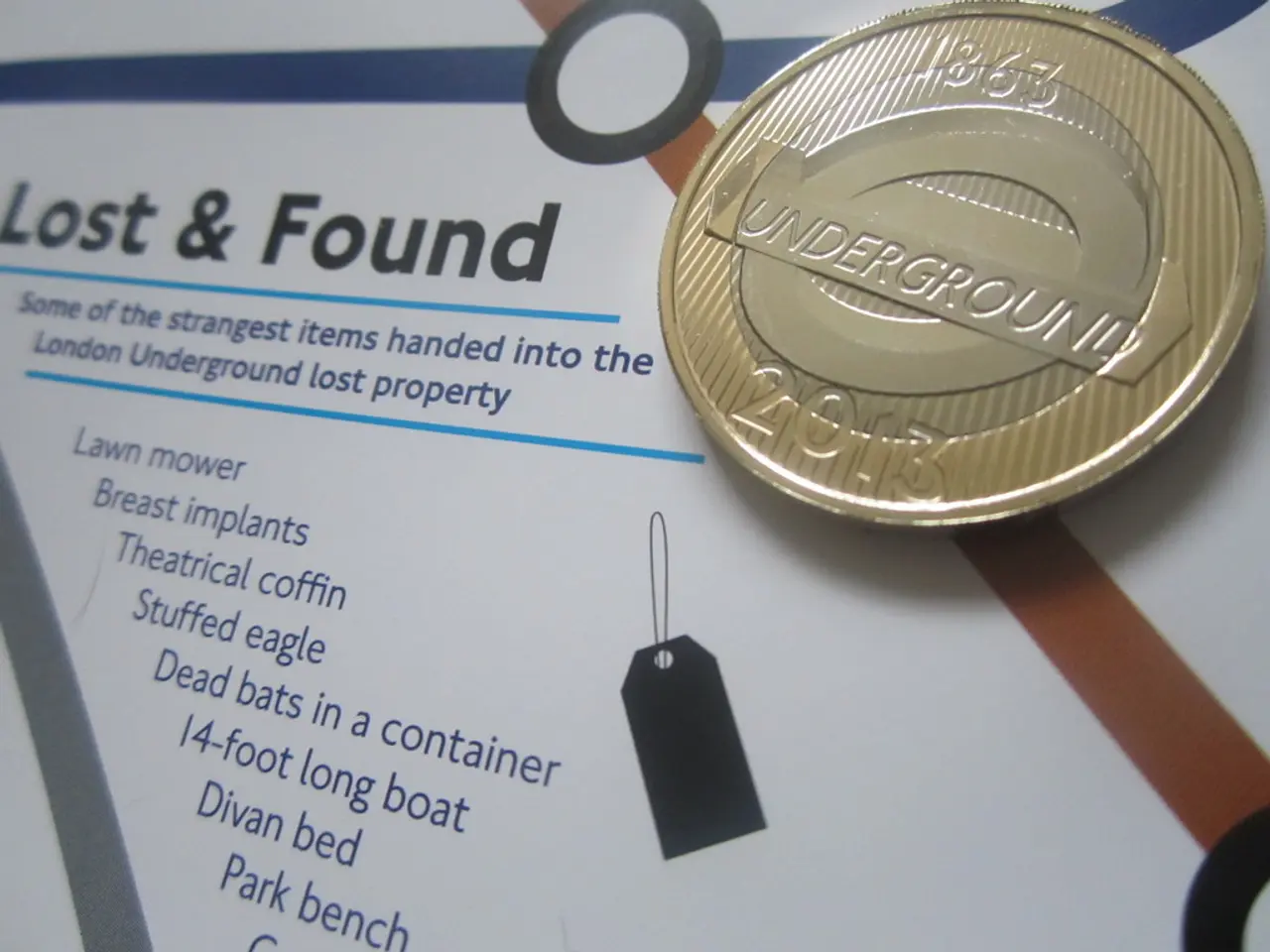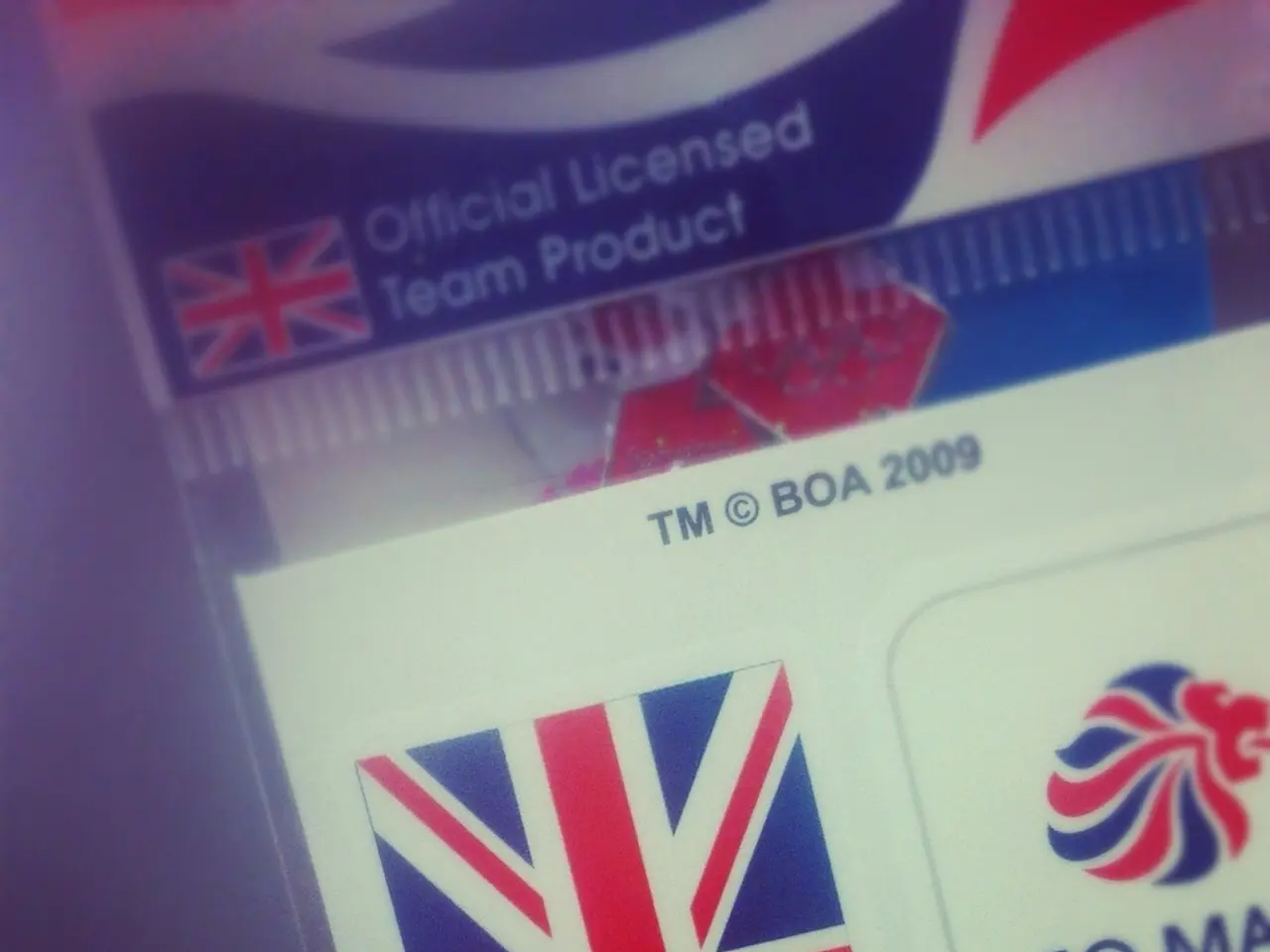Financial organizations and industry associations, including IIF and ICMA, are advocating for the Basel Committee on Banking Supervision to reconsider its proposed regulations for cryptocurrencies.
News Article:
A group of ten industry associations, including seven representing incumbents and three representing blockchain firms, have written to the Basel Committee on Banking Supervision (BCBS) requesting a revisit of its standard for the treatment of crypto-assets. The current framework, they argue, is overly restrictive and hindering the use and adoption of digital assets in banking.
The BCBS's rules classify any tokenized assets issued on permissionless (public) blockchains as extremely high-risk, assigning them a 1250% risk weight. This high risk weighting requires banks to set aside a large amount of capital for every dollar of exposure, effectively limiting their ability to hold these assets or stablecoins, such as US dollar stablecoins.
The high-risk classification is viewed by industry stakeholders and some governments as overly stringent, not reflecting the actual risk profile or economic function of these assets, which vary widely. The rules could stifle responsible innovation in financial services involving digital assets.
Feedback during consultations has highlighted concerns that the high capital requirements under Basel standards may hinder banks’ ability to engage with cryptoassets effectively. This has led to calls for more nuanced, economically meaningful regulatory treatment.
The associations argue that the international implementation of the crypto standard is inconsistent between jurisdictions and that an improved standard might be adopted more uniformly. They also request a revisit of the hedging criteria, as the current rules only allow netting of exposures on the same market or exchange, which is unclear in the context of Bitcoin ETFs traded on the same stock exchange but each referencing a price at a different set of exchanges.
Moreover, the associations argue that the lack of involvement of banks in certain sectors makes them riskier, and that more banks would spread the risks and raise industry standards. They hope that the change in the US administration might make the Committee more open to updating rules, as the U.S. government has explicitly challenged the BCBS’s rules, urging a regulatory taxonomy based on the economic function of digital assets rather than blanket risk classification.
The U.S. government seeks to lead international dialogue to reshape global standards more aligned with U.S. innovation priorities and practical banking realities. Banks can only hedge certain large cryptos ($10 billion+) that have dedicated ETNs or ETFs issued, and the associations request a review of these hedging rules due to their reflection of market and counterparty risks.
In summary, industry bodies seek the Basel Committee to reconsider the high risk weighting and regulatory approach for permissionless blockchain tokenized assets to better balance prudent risk management with support for fintech innovation and operational viability of banks holding such assets.
- The associations have requested the Basel Committee on Banking Supervision (BCBS) to revisit its standard for the treatment of crypto-assets, arguing that the current framework is overly restrictive and hinders the use and adoption of digital assets in banking.
- The BCBS's rules classify any tokenized assets issued on permissionless (public) blockchains as extremely high-risk, assigning them a 1250% risk weight, which requires banks to set aside a large amount of capital for every dollar of exposure, effectively limiting their ability to hold these assets or stablecoins.
- The high-risk classification is viewed by industry stakeholders and some governments as overly stringent, not reflecting the actual risk profile or economic function of these assets, which vary widely. The rules could stifle responsible innovation in financial services involving digital assets.
- The U.S. government has explicitly challenged the BCBS’s rules, urging a regulatory taxonomy based on the economic function of digital assets rather than blanket risk classification. They seek to lead international dialogue to reshape global standards more aligned with U.S. innovation priorities and practical banking realities.
- The industry bodies hope that the change in the US administration might make the Committee more open to updating rules, as they argue for a revisit of the hedging criteria and a reconsideration of the high risk weighting for permissionless blockchain tokenized assets to better balance prudent risk management with support for fintech innovation and operational viability of banks holding such assets.



